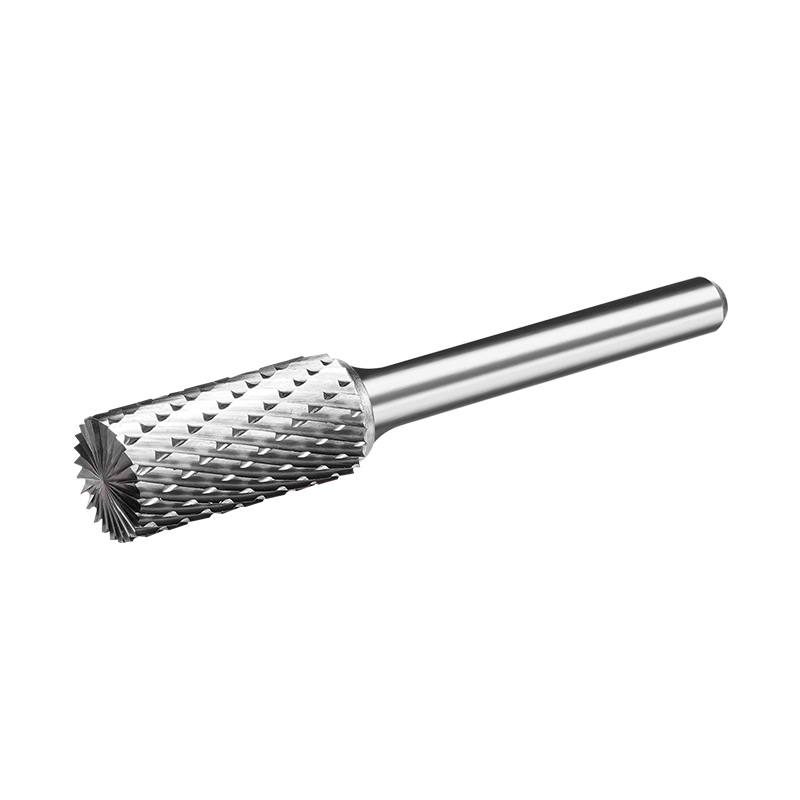Precision grinding tools are designed to achieve extremely fine surface finishes and tight tolerances. These tools use abrasive grains to remove material from a workpiece, and their effectiveness largely depends on the grinding parameters used. For good surface finish, parameters such as wheel speed, feed rate, and depth of cut must be carefully controlled.
In high-precision applications, the choice of grinding wheel and its specification are critical. Wheels with finer grits and harder bonds are generally preferred for achieving smooth surfaces. Additionally, maintaining the right balance between wheel speed and feed rate helps prevent excessive heat generation, which can cause thermal damage and poor surface finish. Regular dressing of grinding wheels is also necessary to ensure that the abrasive particles remain sharp and effective.

Solid carbide tools are renowned for their hardness and durability, making them a popular choice for high-precision machining. Unlike traditional high-speed steel tools, solid carbide tools maintain their sharpness and cutting performance over extended periods, which is vital for achieving consistent surface finishes. Their ability to withstand high cutting speeds and resist wear ensures that they can handle tough materials and complex geometries with ease.
For good surface finish, solid carbide tools must be used with carefully optimized cutting parameters. This includes selecting the appropriate cutting speed, feed rate, and depth of cut for the material being machined. The rigidity of solid carbide tools allows for higher cutting speeds, which can enhance surface quality when combined with proper cooling and chip removal strategies. Additionally, using solid carbide tools reduces the likelihood of tool deflection, contributing to a more precise and smooth finish.

Cutting rotary tools, including various types of rotary burrs and end mills, offer versatility and precision in machining tasks. These tools are especially effective in applications requiring detailed work and fine finishes. The rotary action of these tools enables efficient material removal while maintaining control over the cutting process, which is crucial for achieving high-quality surfaces.
In applications where surface finish is a priority, the design of the cutting rotary tool plays a significant role. Tools with sharp cutting edges and optimized geometries can reduce surface roughness and improve overall quality. Additionally, selecting the right type of cutting rotary tool—such as a burr for deburring or an end mill for finishing—ensures that the tool's characteristics align with the specific requirements of the job.
To enhance surface finish in high-precision machining, optimizing cutting parameters is essential. This involves adjusting factors such as cutting speed, feed rate, and depth of cut to achieve the desired surface quality. Here are some key considerations:
1. Cutting Speed: The cutting speed, or the speed at which the tool engages the material, affects the surface finish. Higher cutting speeds often result in better surface finishes due to reduced tool marks and smoother cutting action. However, excessively high speeds can cause tool wear and heat buildup, so finding the right balance is crucial.
2. Feed Rate: The feed rate, or the speed at which the tool moves through the material, influences the surface finish. A slower feed rate typically results in a smoother surface, as the tool has more time to make finer cuts. Conversely, a higher feed rate can increase productivity but may cause a rougher surface finish.
3. Depth of Cut: The depth of cut affects the amount of material removed in each pass. Shallow cuts generally produce better surface finishes, as they reduce the load on the tool and minimize vibrations. Multiple shallow passes can often achieve a smoother finish compared to fewer deep cuts.
4. Cooling and Lubrication: Proper cooling and lubrication are essential for maintaining tool performance and surface quality. Adequate cooling helps to manage heat generation, while lubrication reduces friction and wear. Using the right coolant or lubricant can improve surface finish and extend tool life.
As technology continues to advance, ongoing innovation in tool design and machining techniques will further enhance the ability to achieve flawless surface finishes, driving quality and efficiency in high-precision machining.